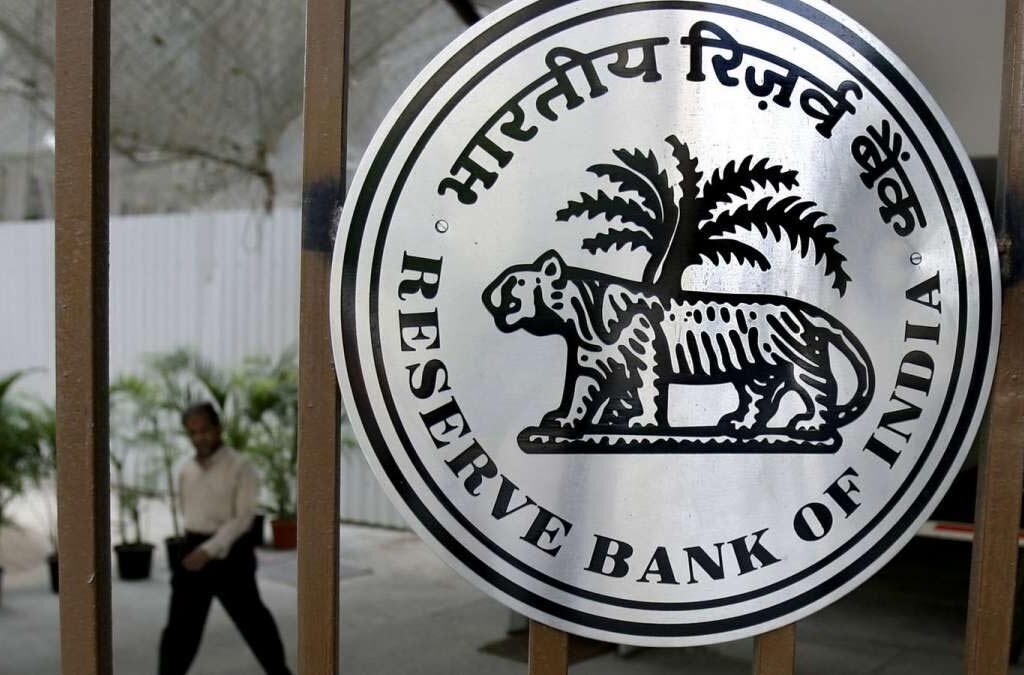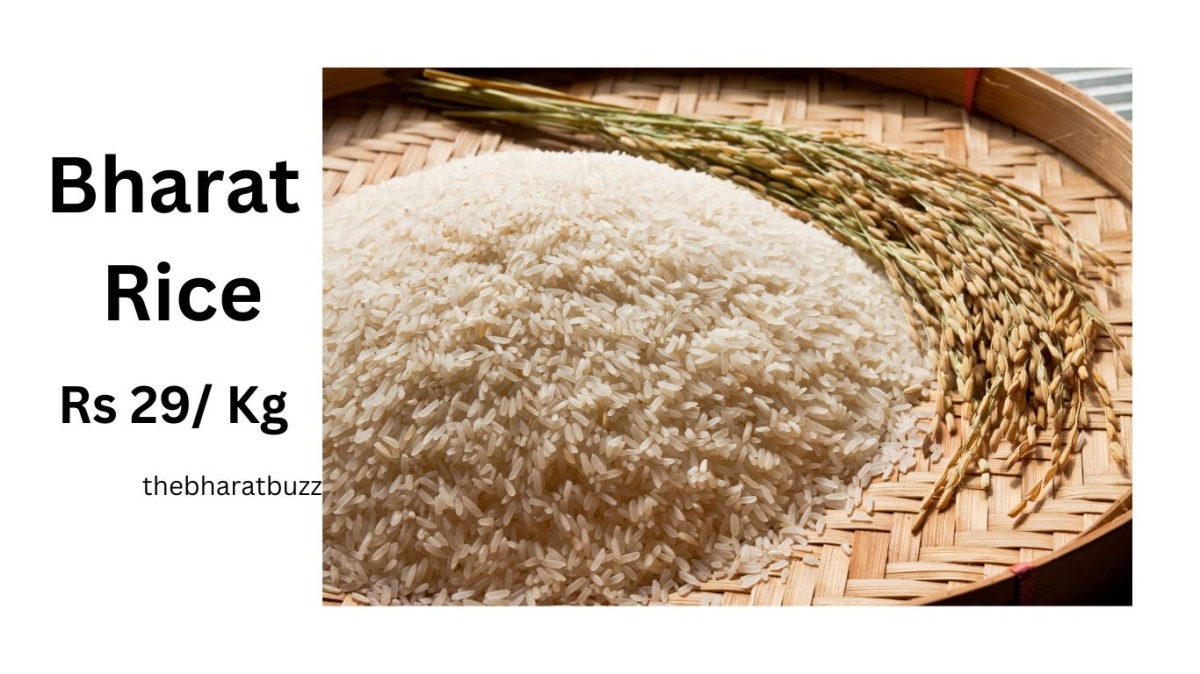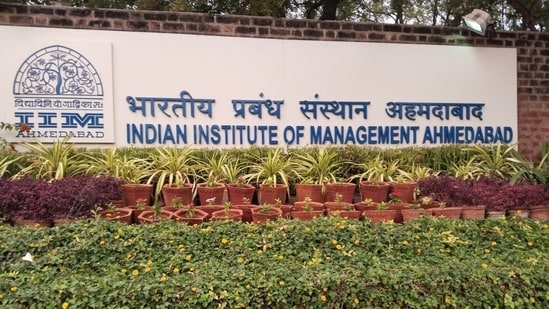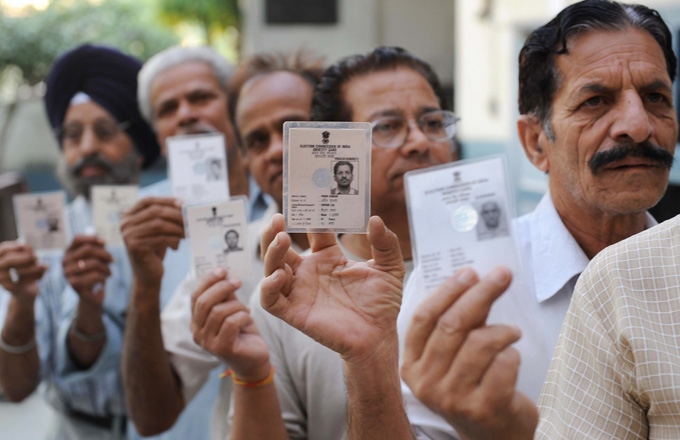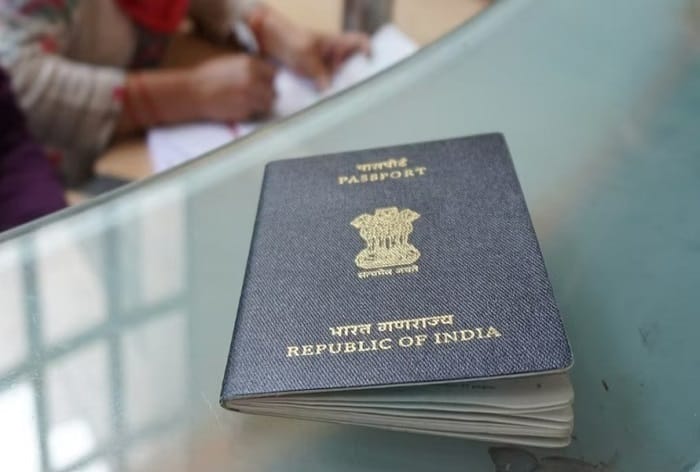
For Indian citizens, a valid passport holds the power to transform wanderlust into reality. Whether you’re embarking on a rejuvenating solo trip, a cultural immersion with friends, or a long-awaited family vacation, ensuring your passport stays current is crucial. But navigating the renewal process can seem like navigating an unfamiliar airport – confusing signs, endless queues, and the potential for missed flights. Don’t worry, travelers! This easy-to-follow guide, called “Renew Your Passport: A Simple Online Guide,” will help you understand how to renew your passport smoothly. It will make sure your travel plans go smoothly and without any problems.
Understanding Indian Passport Validity and Renewal
Your Indian passport grants you a decade-long journey through the world. However, it’s wise not to delay the renewal process until the eleventh hour. You have the flexibility to initiate the renewal process three years after expiration or a year prior to it. Here’s a helpful tip: starting the process nine months in advance can spare you the last-minute airport rush and potential travel disruptions. Remember, planning ahead is essential for a smooth and stress-free travel experience.
For our young adventurers, your passport journey has its own unique timeline. It remains valid for either five years or until you reach the age of 18, whichever comes first. But here’s the exciting twist! Between the ages of 15 and 18, you have the option to opt for a 10-year passport, perfect for extended adventures. Plus, with the convenience of online renewal, the entire process becomes easy to renew your passport.
How to renew your passport online:
Certainly! Here’s a step-by-step guide on how to renew your passport in India:
- Visit the Official Portal: Begin by accessing the Passport Seva website, the official platform for passport services.
- Register or Log In: If you’re a new user, complete the registration process on the portal. Existing users can log in using their credentials.
- Fill in Required Details: Click on “Apply for Fresh Passport/Re-issue of Passport” and accurately fill in all the necessary information.
- Upload Documents: Upload essential documents such as address proof, identity proof, and passport-sized photographs.
- Select Appointment Slot: Choose a suitable date and time for your appointment at the Passport Seva Kendra (PSK).
- Visit PSK: On the appointed date, visit the designated PSK with original documents and one set of self-attested photocopies.
- Complete Biometric Verification: Undergo the biometric verification process at the PSK.
- Payment: Pay the passport renewal fee securely online through the portal.
- Track Application: Keep track of your application status using the online tracking system provided.
- Print Application Receipt: Once completed, print out your application receipt for your records and reference.
How to book an appointment for your passport renewal
To secure an appointment for renewing your passport, follow these straightforward steps:
Step 1: Log in to the Passport Seva website using your login details.
Step 2: Navigate to the section titled ‘View Saved and Submitted Application’ and then click on ‘Pay and Schedule Appointment’.
Step 3: Choose your preferred payment method and select the Passport Seva Kendra (PSK) where you’d like to attend your appointment.
Step 4: Confirm your chosen PSK location by entering the CAPTCHA code provided.
Step 5: Scroll through the available dates and times to find a slot that suits you best, then simply click on ‘Pay and Book the Appointment’.
When it comes to passport renewal fees, they can vary based on factors like your age, the number of pages in your passport booklet, and whether you opt for the normal or tatkal scheme. If you choose the tatkal scheme, do note that an additional fee of ₹2000 will be applicable.
Essential Documents for Passport Renewal
Documents Required for Passport Renewal:
- Original Old Passport: Your current passport serves as proof of your identity and existing travel history.
- Self-attested Copies:
- First two pages and the last two pages of your passport: These pages contain crucial personal information and passport details.
- Page of observation (if any) made by the Passport Issuing Authority: If there are any observations or remarks noted by the passport authority, provide a copy of this page.
- ECR/Non-ECR page: Submit a self-attested copy of the page indicating your Emigration Check Required (ECR) or Non-ECR status.
- Proof of Date of Birth (Choose one):
- Birth Certificate.
- PAN card.
- Aadhar card.
- Driving License.
- Proof of Address (Choose one):
- Aadhaar Card.
- Utility bills like water bill or telephone (landline or postpaid mobile bill), etc.
- Recent Passport Size Photographs: Usually, two photographs are required. Ensure these photographs meet the specifications provided by the passport authority.
It’s important to ensure that all documents are self-attested as per the requirements stated by the Passport Issuing Authority. These documents are essential for the successful processing of your passport renewal application.
How long does it take to get a new passport after renewal?
The processing time for a renewed Indian passport depends on the type of passport and the chosen scheme:
- Normal Scheme:
- For regular passports, the processing time is usually within 30 to 60 days from the date of application submission.
- If there is no requirement for police verification, the processing can be completed within 7 working days.
- Tatkal Scheme:
- Under the Tatkal scheme, you can expect quicker renewal, typically within 3 to 7 days.
Remember to track your application status on the Passport Seva portal to stay informed about the progress of your passport renewal

